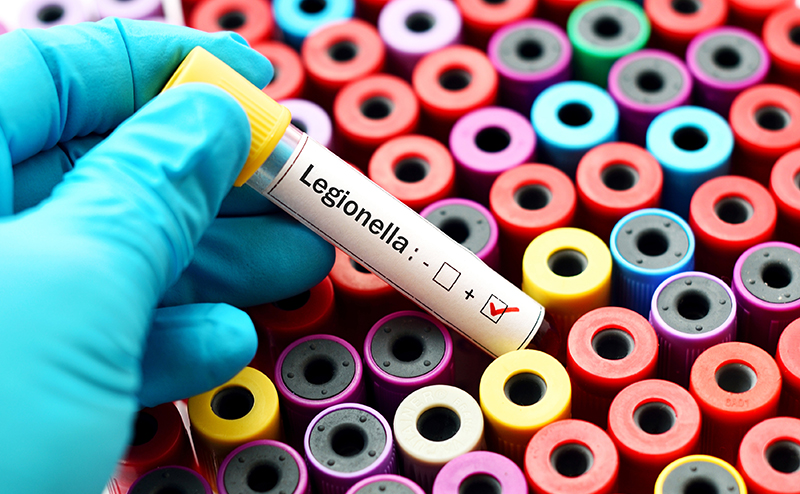
Legionellosis and Legionella Testing
By William C. Heymann, MD, FACEP
Chair-elect, ACEP Cruise Ship Medicine Section
Legionellosis (Legionnaires’ Disease, or the mild form Pontiac Fever) can be a serious illness that may occur due to exposure of passengers to Legionella spp. on cruise ships as reported in a number of cases by the CDC, WHO, and others. This illness may be quite serious with prolonged morbidity and significant mortality, especially in the older age population of guests that travel on many of the cruise lines. I have had an interest in this illness since first learning of it from my brother in Philadelphia when he was part of the CDC investigation team at the first recognized outbreak in 1976 at an American Legion veteran’s convention at a large hotel there.
Of interest to the Section, there do not appear to be any internationally recognized standard guidelines regarding the frequency or type of testing for the gram-negative Legionella spp. bacteria on cruise ships, where Legionella could lurk in the potable and other water supplies and the air conditioning system. The SHIPSAN European Manual for Hygiene Standards and Communicable Diseases Surveillance on Passenger Ships (October, 2011) recommends testing at least every 6 months. There is no mention of frequency or exact type of testing in the CDC Vessel Sanitation Program Operations Manual (2011), Health Canada Cruise Ship Inspection Program Operations Manual (2012), the ANVISA Brazilian Sanitation Guide for Cruise Ships Manual (2011), or the Australian Port Health Vessel Inspection Program Manual (March, 2012). None of the manuals describe details of the testing or recommend any specific type of testing. There are rapid antigen and PCR tests available, but with review of several cruise lines and ship management companies, these do not appear to be generally utilized. Most testing on cruise ships is by direct bacterial culture. This can be done on board, but in most cases samples are sent off to a reference lab, or a technician boards and collects the samples in port. The CDC has a program for certification of proficiency in Legionella testing for laboratories which may help assure testing proficiency. A number of companies now cater to cruise lines with this testing, and there is even one company that has utilized an incubation method by the medical staff on board, with digital photos sent to a lab for interpretation. Most however, prefer to have samples collected from the water supplies and air conditioning by a technician who comes on board in a port, or by samples collected by an engineer or medical staff member on board, and then delivered to a certified lab for the testing. If the testing is for Legionella spp. only, one of the newer processing techniques can surprisingly accommodate a period of up to 14 days at ambient temperatures during which the samples will remain satisfactory for laboratory culturing. This allows most ships to collect the samples on board and send from any major port to a certified testing lab. Multiple random samples from varying sites should always be collected and this should include varied sources such as sink taps, shower heads, air conditioning, bathtub jets, whirlpool spas and hot tubs. Some older vessels may be more vulnerable to Legionella, since they may have had plumbing repairs and piping changes in the past with resultant dead areas or areas with slow circulation, and could have encrusted taps or shower heads, all subject to biofilms which may foster growth of Legionella.
The CDC has developed a comprehensive site with much information on Legionellosis, including diagnosis and collection techniques and a questionnaire for use in investigation of suspected or confirmed cases onboard. We should always keep in mind that the source may be from an unsuspected site such as respiratory therapy equipment brought on board by a guest, or from a hotel cooling tower in a port along the way. The Legionella urine antigen test is helpful in diagnosis and it is included in our Health Care Guidelines and should be in the onboard armamentarium of all cruise ships.

